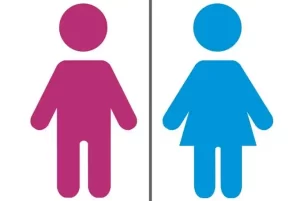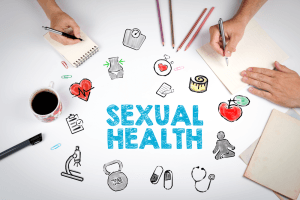
In today’s world, conversations around sexual orientation and identity are more important than ever. Understanding who we are, who we’re attracted to, and how we relate to others—without fear or judgment—helps foster healthier relationships and communities. It also opens the door for honest conversations about sexual health, consent, and respect. How well do you understand yourself? but first lets begin with sexual orientation!
What Is Sexual Orientation?
Sexual orientation refers to who someone is emotionally, romantically, or sexually attracted to. It is a deeply personal part of a person’s identity and varies from one individual to another. Here are some common orientations:
-
Heterosexual – Attraction to the opposite gender
-
Homosexual – Attraction to the same gender
-
Bisexual – Attraction to more than one gender
-
Asexual – Little or no sexual attraction to others
-
Pansexual – Attraction to individuals regardless of gender
It’s important to remember that everyone’s experience is unique and it’s perfectly normal to take time to understand your own identity.
Well that is sexual orientation, what About Gender Identity?
While sexual orientation is about who you’re attracted to, gender identity is about how you feel and see yourself on the inside. Some common identities include:
-
Male
-
Female
-
Transgender
-
Non-binary
Everyone deserves the freedom to express their gender identity without shame or discrimination.
Key Principles to Remember:
-
It’s okay to be different
-
Exploring your identity is valid
-
Respect others, even if they’re not like you
-
No one should be judged for who they love or how they identify
Understanding and accepting diverse orientations and identities builds safer, more inclusive communities and improves mental well-being for all.
Debunking Sex Myths: What You Think You Know May Be Wrong
In discussing sexuality, it’s crucial to clear up common myths that mislead many people. Let’s set the record straight:
-
Myth: You can’t get pregnant the first time.
Fact: You can get pregnant any time you have unprotected sex. -
Myth: Clean-looking people can’t have STIs.
Fact: Many STIs are silent. Only testing confirms safety. -
Myth: Two condoms = extra protection.
Fact: Double condoms cause friction and may tear. Use one properly. -
Myth: Oral sex is safe from STIs.
Fact: STIs can be spread through oral contact. -
Myth: Sex proves love.
Fact: Love involves consent, care, and respect—not just physical contact.
Educate yourself. Misinformation is dangerous, and sex is powerful. Make informed decisions.
Sexual Health: STIs & How to Stay Safe
Sexual health is a vital part of your well-being, no matter your orientation. STIs (Sexually Transmitted Infections) are infections passed through unprotected sexual contact. Some have no immediate symptoms but can cause serious health problems if untreated.
Common STIs Include:
-
Chlamydia
-
Gonorrhea
-
Syphilis
-
HIV/AIDS
-
Herpes (HSV)
-
HPV (warts)
-
Trichomoniasis
-
Hepatitis B
Watch Out for Symptoms Like:
-
Unusual discharge
-
Burning while urinating
-
Genital sores or bumps
-
Pain during sex
-
Itching or swelling
-
Abdominal pain
-
Flu-like symptoms (in HIV)
Prevention Tips:
-
Use condoms consistently
-
Get tested regularly
-
Limit the number of sexual partners
-
Avoid sex under the influence
-
Be open with your partner
-
Complete your treatment if infected
Remember: STIs are preventable and treatable. Don’t fear testing—fear not knowing.
Final Thoughts
Sexual orientation and identity are natural aspects of being human. When we combine understanding with respect and awareness of sexual health, we empower ourselves and those around us to lead healthier, more fulfilling lives.
Let’s break the stigma, challenge the myths, and protect our well-being—together.





